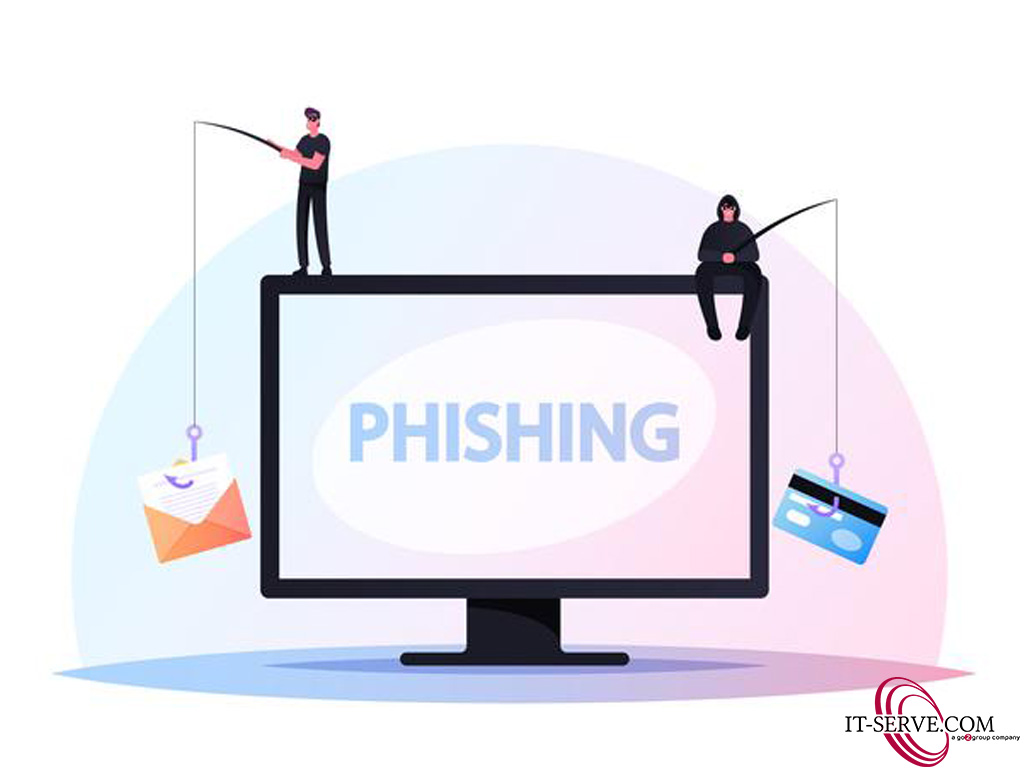
A 2020 survey reveals that 66% of respondents in the UAE believe that the most common type of cyber security threat, are attacks that are sent through emails. What's more, is that almost two-thirds of organisations believe that they will be hit by some sort of cyber security threat sent through email in the upcoming year. Out of these email threats, the most common happen to be email spoofing.
Email Spoofing is a type of cyber security threat where hackers send emails to their victims whilst disguised as another person or entity that the victim may be familiar with. In email spoofing attacks, the hacker's email header is forged to show off a fake sender name. The unsuspecting victim will see the fake email header and believe that the email that they received was genuine. Only if the receiver were to click on the email header, would the true email ID of the hacker be exposed. Until then, the email header would just show off the fake name. Due to the fact that this cyber threat comes across as a trusted source to the victim, they are more likely to click on malicious links, attachments filled with malware and even be scammed into leaking sensitive personal or corporate data to the hacker. This is why email spoofing is one of the most common cyber security threats to organisations all across the globe.
But why exactly do hackers use email spoofing so regularly and under what intentions? By spoofing the email header, hackers can effectively avoid spam blocklists. Even if your organisation has identified an email id that has sent malicious content to employees before, by email spoofing, the same hackers can easily fly under the radar and target the same employees again by scamming them into revealing sensitive organisation information or even downloading malware on to office devices. Once Malware is on one device, the cyber threat can easily send the same email under the guise of the initially targeted employee to the rest of the organisation. This will lead to a major cyber security breach and can compromise the integrity of all the company's devices.
Another underhanded way that hackers use email spoofing to threaten companies is by posing as trusted clients, partners or suppliers. This way the recipient is more likely to share sensitive data with the hacker while thinking it's a trusted party. Hackers use email spoofing in this way in order to hold the sensitive information as ransom and forces the unfortunate recipient to pay up a hefty amount of money in hopes that the information does not leak to the public. If the information they managed to con out of the recipient happened to be company bank details or any sort of corporate login credentials, the hacker can quickly change the password and effectively lock the company out of their own accounts. When this happens, they can either steal any assets and finances they now have access to, or block the company from being able to function without access to these accounts until another ransom is paid.
All in all, email spoofing is something that can happen to anyone, at home or in the office. It always pays to be vigilant and cross check sender email ID before replying to any email. Additionally, there are other safeguards you can implement to better protect your company and employee from email spoofers. For example, an all-inclusive cyber security bundle that comprises of all the necessary precautionary measures to keep you and your employees as safe as possible while working on any connected device would definitely aid in keeping out the email spoofers. Check out our blog 'What is Cyber Guard -and how can it protect your business?' to find out more about the importance of a good cyber security system in the corporate world.



















